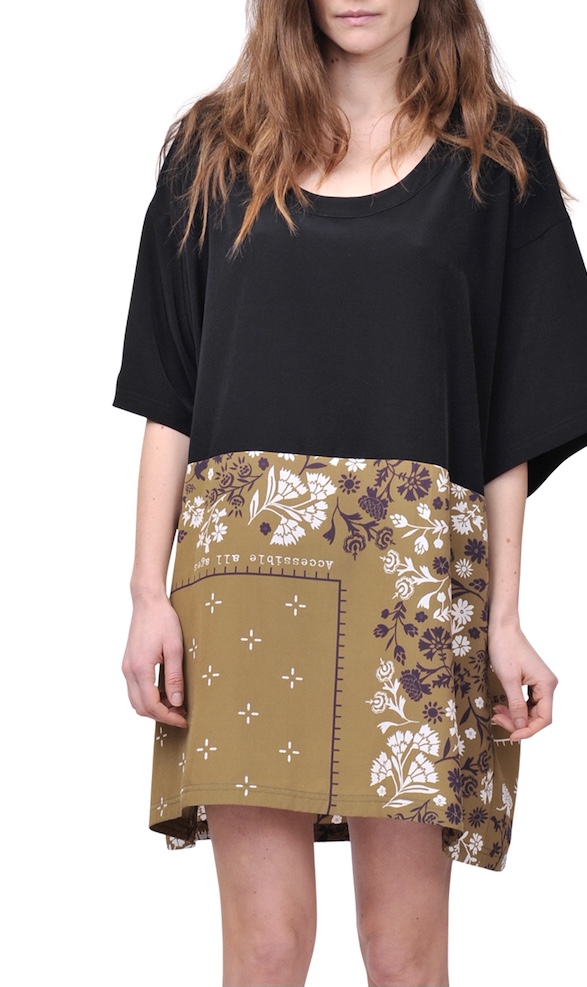Age and fashion: challenging an erroneous belief
Age and fashion: it’s time to challenge outdated beliefs and embrace a world where style knows no age limits. In fact, the representation of different ages in fashion finally had its recognition. You don’t have to hide anymore, in case you ever thought about doing so. Or, perhaps you were waiting for permission to wear waht you love.
But did we really need permission? And, dear brands, do you believe young people can truly afford your expensive clothes?
Take a look at this picture (zoom the bandana print).
We picked this dress from the Spring/ Summer 2015 MM6 – Maison Martin Margiela collection. Not new if we consider the date of its release. But still relevant in terms of the idea the brand promoted, which was fashion-forward.

Fashion accessible to all ages
The transversal cut of the collection was clear. We ordered it because we loved the concept and felt aligned with it. Also, we personally have that dress in our closet and still wear it. You may be familiar with the notion of timeless fashion, such a discovery. Yes, we’ve always believed that good design was forever.
Around 2022 the concept of fashion without borders such as age, gender, body shape started to be recognised and amplified by fashion brands. But in 2015, it was about being a trailblazer, innovative and creative, by proposing a countercultural message. Now, from pret-a-porter to haute couture, those words and images have flooded fashion communication. So it sounds like something you have to say just to conform.
It’s fascinating to analyze the many labels we place on the boxes we think we belong to—age, gender, body shape, race, and more. The need to fit in, to belong to a specific category, is ever-present.
Yet, when brands highlight labels so often that they all send the same message, authenticity is lost. Eventually it is clear that these labels are a just marketing trend.
Rules are different now. Back then, we had designers, and fashion was meaningful. Now marketers pull the strings. And, in a spasmodic search for identity, we need slogans to frame the emptiness.